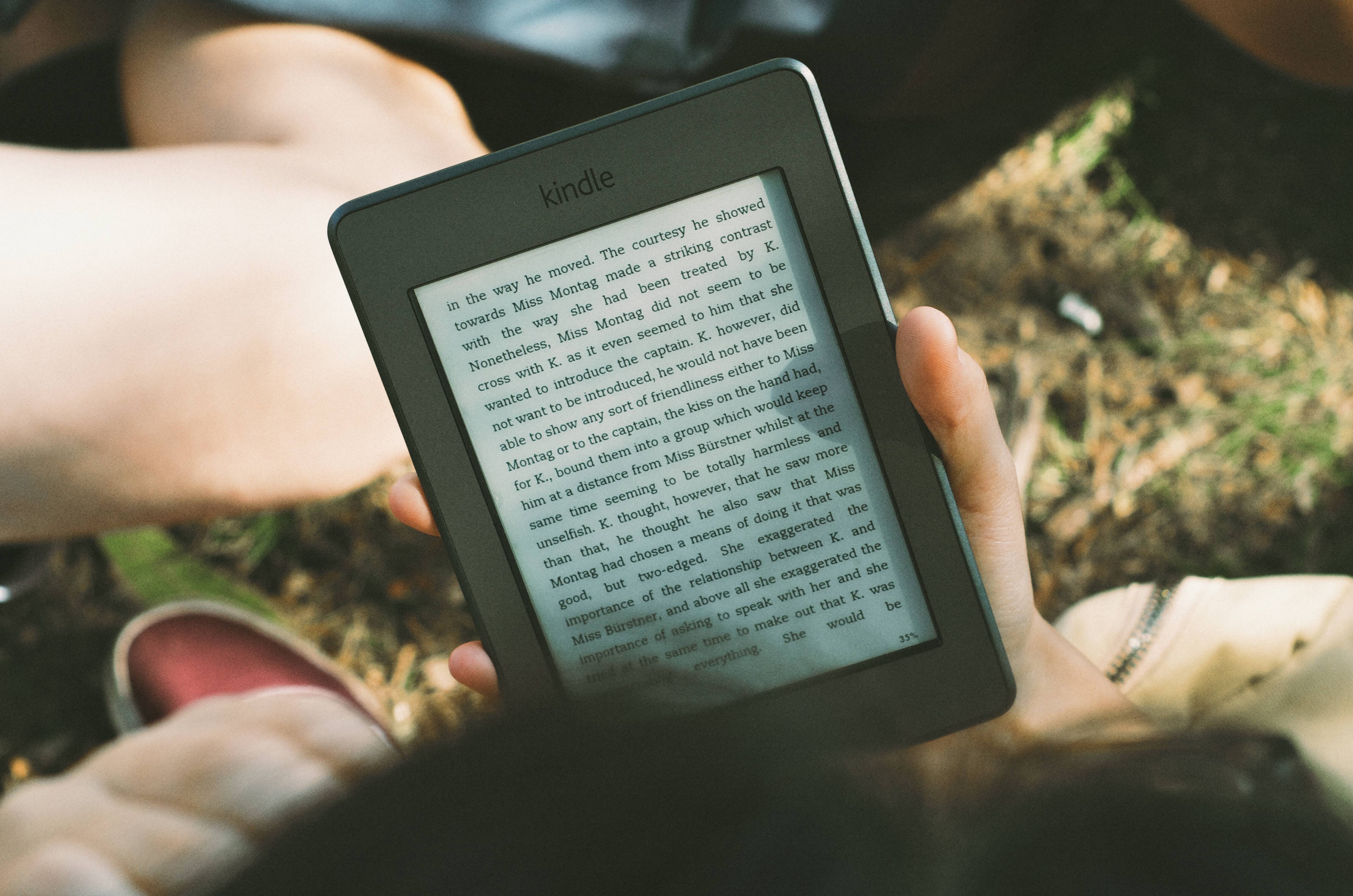According to the website Monde du Livre (2015), the first eBook was created in 1971, with Michael Hart’s Gutenberg Project. Since then, the eBook has evolved, and while it may not look like it, it actually can take several forms. There are different formats of eBook, some of which may be more appropriate depending on the intended use.
The most basic eBook format is the .txt format, which is a basic text file. Such a file doesn’t support images, it is used for text only, which makes it a good format for text-heavy books, such as research reports.
The EPUB format (electronic publication) is the most common eBook format, and can be read on most devices that support eBooks (except Kindles). EPUBs can either be reflowable, meaning the text and images can adapt themselves to fit the screen, or fixed layout, which are more sophisticated and support javascript, allowing for better interactivity. However, fixed layout EPUBs aren’t sold in the Kindle store, which makes them more limited in terms of distribution. PDFs, while not technically being eBooks, have a structure similar to fixed layout EPUBs. However, they are more easily downloadable and shareable, since they can be read on almost every device.

MOBI files (i.e., Mobipocket eBook files) were the first type of files used by Amazon when they launched Kindle in 2011. They have since been replaced by AZW files, which use the original MOBI files but have additional protection which allows them to only be read on Kindles. There also are AZW3 files, which are an updated version of AZW files.
IBA is the eBook format used by Apple in their iBooks Author app, and it’s very similar to EPUB files.
Other less popular eBook formats include LRS, LRF and LRX formats, all used by Sony at some point, but they have since abandoned them in favour of EPUBs. The FB2 file was created in Russia, and allows to store metadata inside of the eBook file itself. Finally, the DJVU file is a better version of the PDF file, with a compression 10x better than the latter, which makes it well-liked in the scientific community.
Sources:
Cheker, A. (2015) ‘L’ebook: naissance et évolution’ Monde du Livre, 13 October. Available at: https://mondedulivre.hypotheses.org/12
Price, D. (2018) ‘The Different Ebook Formats Explained: EPUB, MOBI, AZW, IBA, and More’, Make Use Of, 27 July. Available at: https://www.makeuseof.com/tag/ebook-formats-explained/
Wahl, J. (2018) ‘Five eBook Formats and How to Find the Best Style for You’, Learning Hub, 1 August. Available at: https://learn.g2.com/ebook-formats
